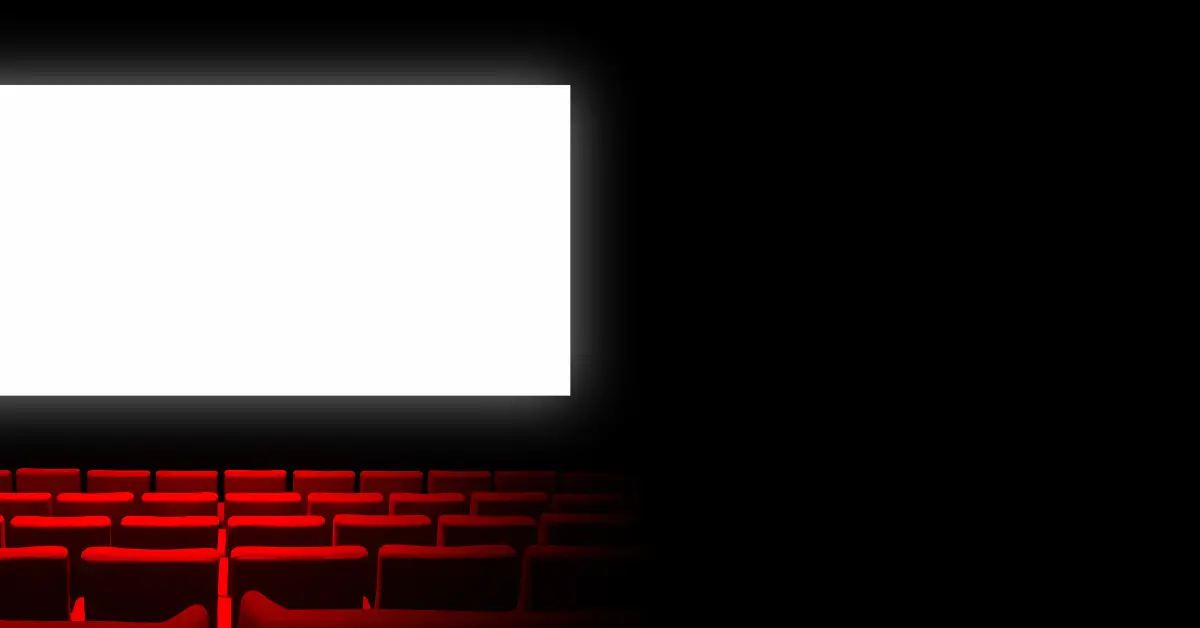When choosing a projector screen, one of the most important decisions to make is the aspect ratio. Two of the most common aspect ratios for projector screens are 16:9 and 16:10. While these two ratios are similar, there are some key differences that can affect the viewing experience. In this article, we’ll compare the differences between 16:9 and 16:10 projector screens and discuss which one is better suited for your needs. By the end of this article, you should have a better understanding of the two aspect ratios and which one is right for you.
16×9 vs 16×10 Projector Screen – What’s the Difference?
When it comes to choosing a projector screen, one of the most important factors to consider is the aspect ratio. The two most common aspect ratios for projector screens are 16:9 and 16:10. In this article, we’ll compare the differences between 16:9 and 16:10 projector screens and discuss which one is better suited for your needs.
Aspect Ratio Differences
The main difference between 16:9 and 16:10 projector screens is the aspect ratio itself. 16:9 screens have a wider aspect ratio, while 16:10 screens have a more square aspect ratio.
16:9 screens are more common in home theater setups, as they are ideal for displaying widescreen movies and other high-definition content. On the other hand, 16:10 screens are more commonly used in business settings, as they offer more space for displaying documents and presentations.
Picture Quality
When it comes to picture quality, the differences between 16:9 and 16:10 screens are minimal. Both aspect ratios are capable of producing high-quality images with vibrant colors and sharp details. However, the specific picture quality of a screen will depend on the specific screen model and its specifications.
Screen Size
Another factor to consider when choosing between a 16:9 and 16:10 projector screen is the screen size. 16:9 screens are generally better suited for larger screen sizes, as they can display widescreen content without distortion. 16:10 screens, on the other hand, are better suited for smaller screen sizes, as they offer more vertical space for displaying content.
Price
The price of a projector screen can vary depending on the brand, model, and size. In general, 16:9 screens tend to be more affordable than 16:10 screens, as they are more commonly used and produced.
Can you use 16:9 screen with 16:10 projector?
Yes, it is possible to use a 16:9 screen with a 16:10 projector, but it may not result in optimal image quality. When a 16:10 projector is used with a 16:9 screen, the image will be cropped at the top and bottom of the screen. This means that a portion of the projected image will be lost, resulting in a smaller overall image.
To compensate for this, the projector may need to be adjusted to fit the 16:9 screen. This can be done by adjusting the zoom, keystone correction, and other settings on the projector. However, this may result in some distortion or loss of image quality.
It’s worth noting that using a 16:9 screen with a 16:10 projector can also result in black bars appearing on the sides of the screen. This occurs because the aspect ratios of the projector and screen do not match, so the image cannot fill the entire screen.
Ultimately, it’s best to use a screen with an aspect ratio that matches the projector. This will result in the best possible image quality and avoid any cropping or distortion. However, if a 16:9 screen is the only option available, it is possible to use it with a 16:10 projector, but some image quality compromises may need to be made.
Conclusion
In conclusion, while it is possible to use a 16:9 screen with a 16:10 projector, it may not result in optimal image quality. Using a screen with an aspect ratio that matches the projector will provide the best possible image quality and avoid any cropping or distortion. However, if a 16:9 screen is the only option available, adjustments can be made to the projector settings to compensate for the mismatched aspect ratios. Ultimately, it’s important to choose a projector screen with an aspect ratio that matches your projector to ensure the best possible viewing experience.

